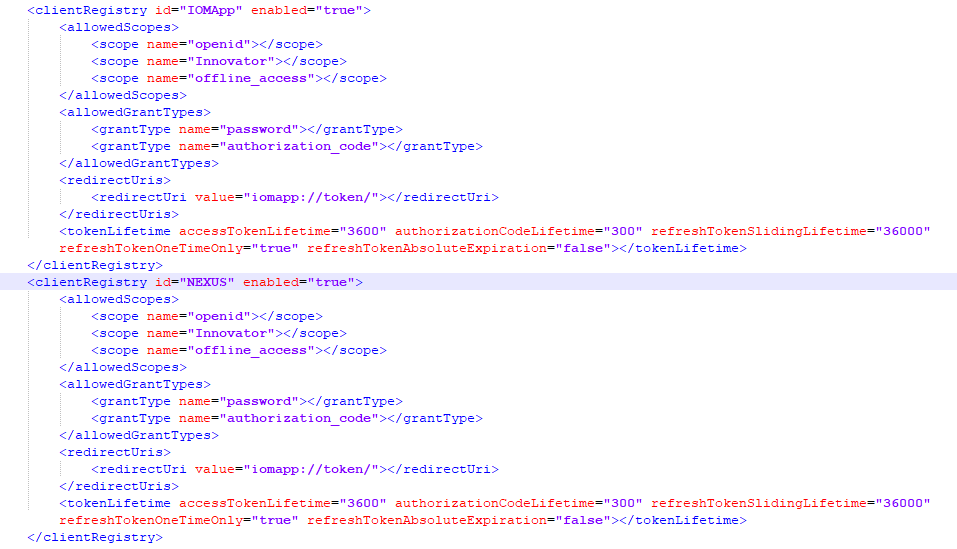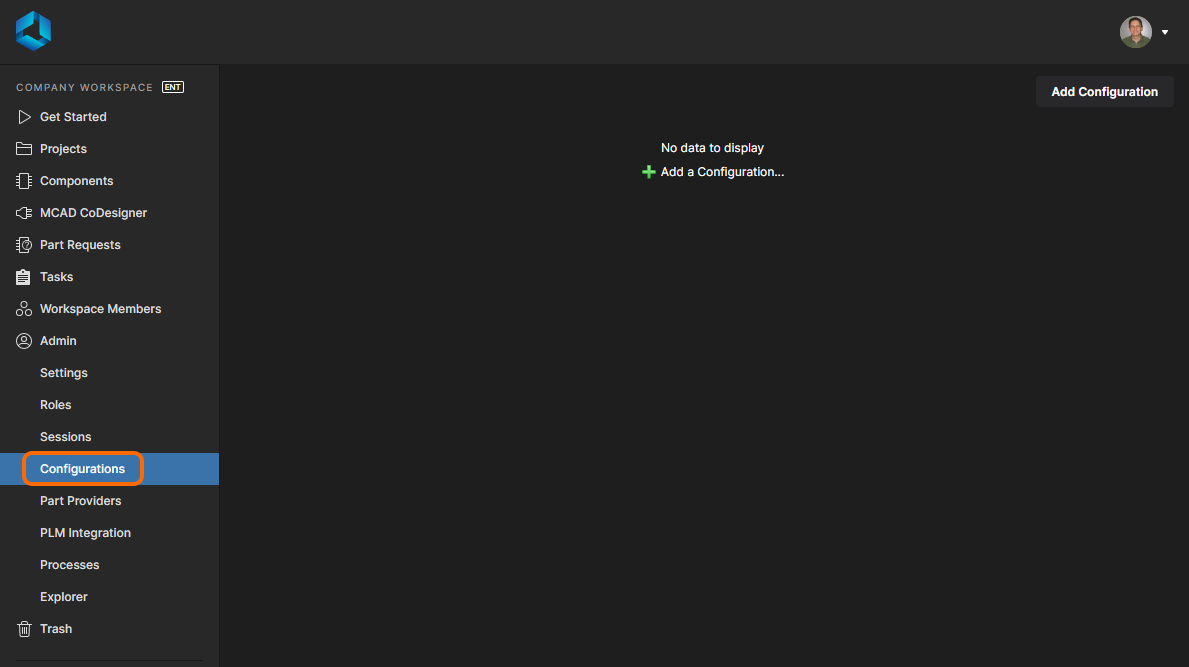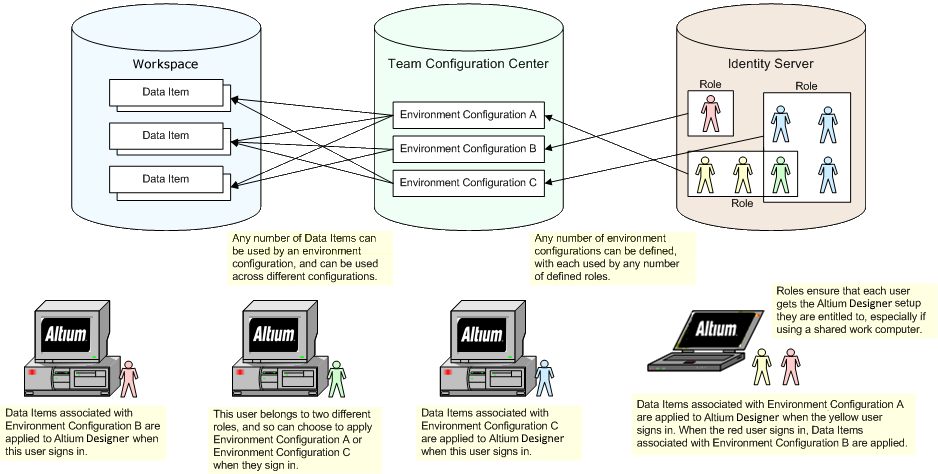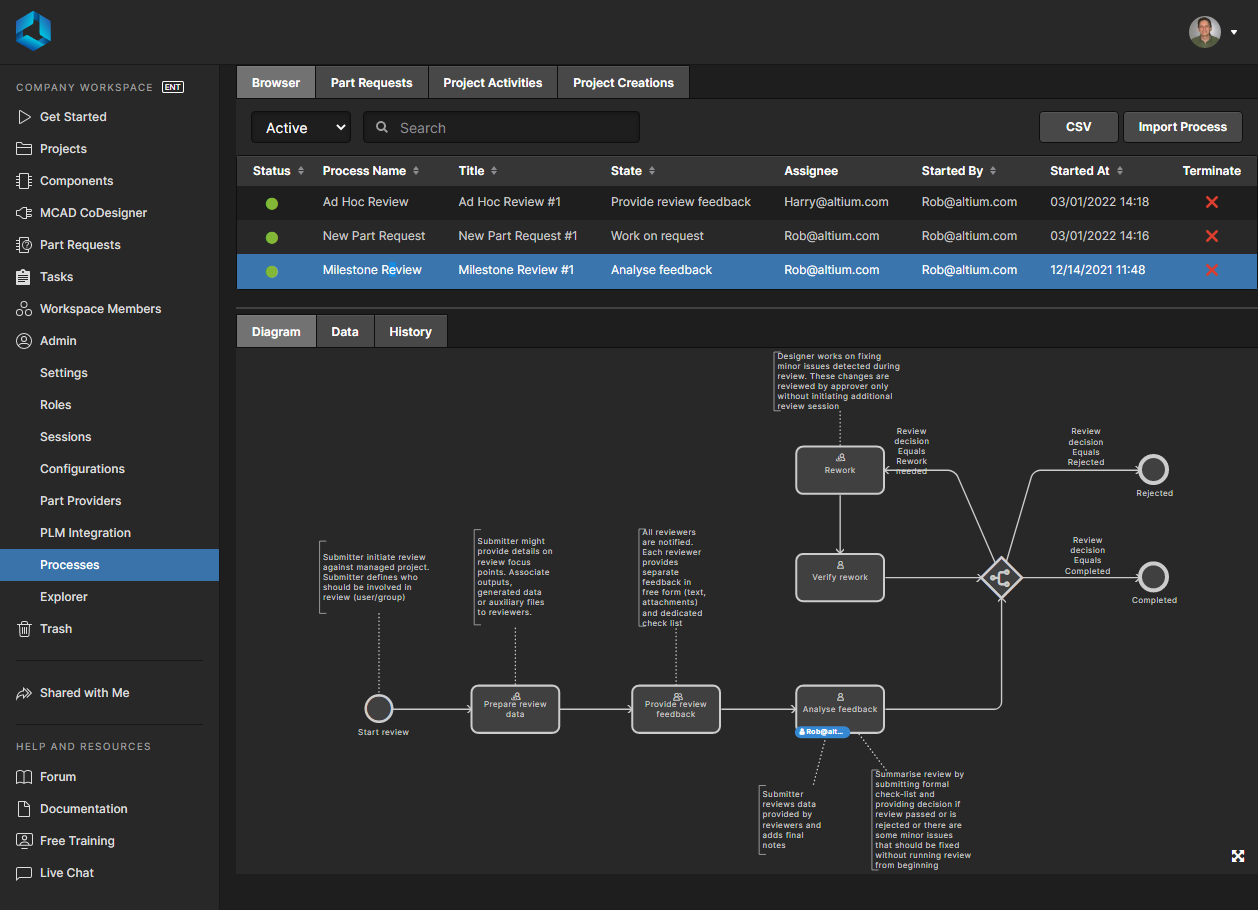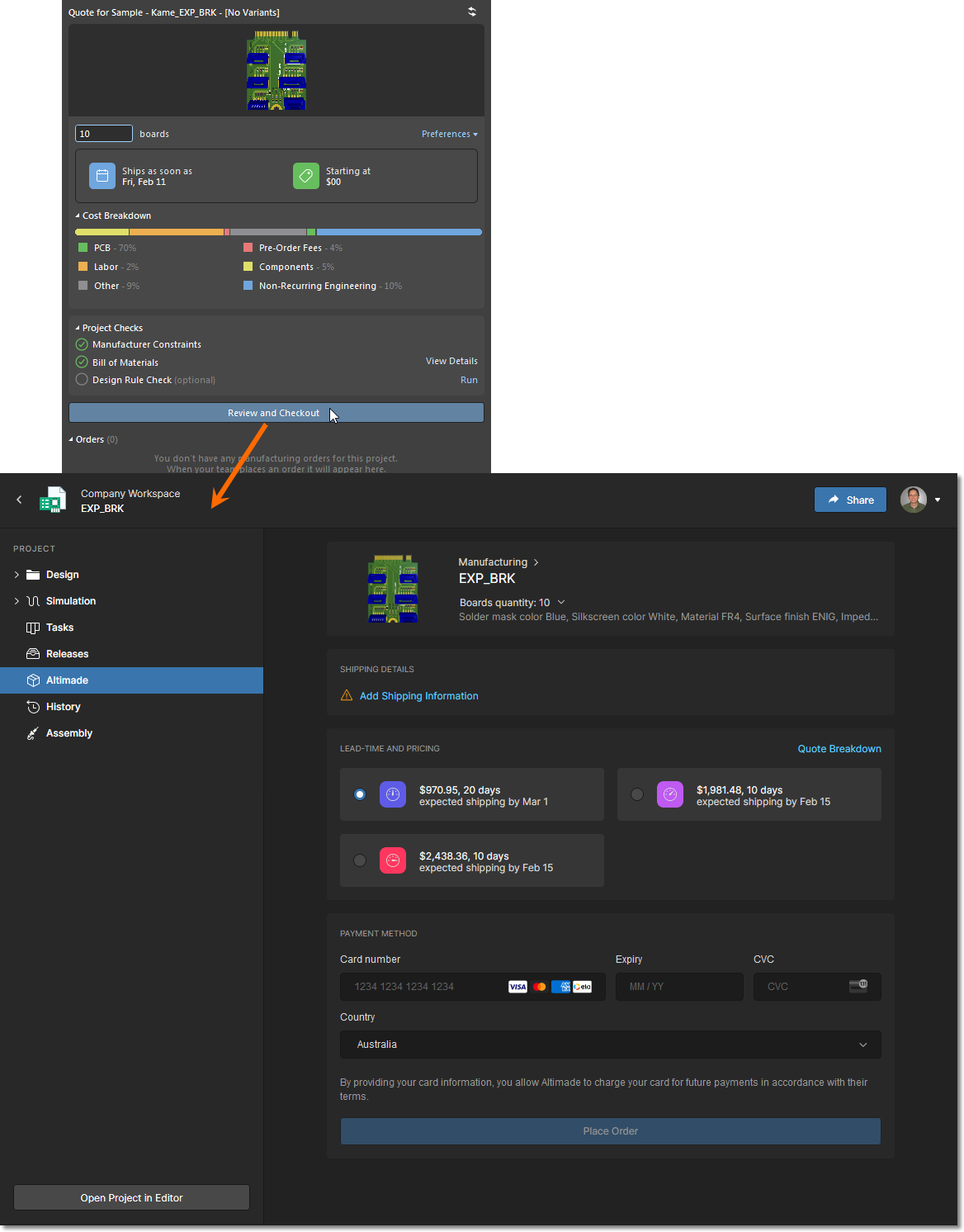Building the Right Team for an Electronics Design Group: An Introduction
Building and growing the right team for electronics design in today’s job market can be quite challenging. We sometimes feel that as our company grows the talent pool dwindles. We embark on a search for the perfect designers, seeking out individuals who can “do it all.” For some, we idealize this knight in shining armor as a senior engineer, armed with his HP calculator in one hand and electronics textbooks in another. For others it is the whiz kid who can crank out designs at the speed of light and learns to “fail quickly”. Regardless of who or what this designer appears to be, the important factor we must consider is that our “target profile” isn’t a one-size-fits-all. Our team must comprise of many different ranges, skill sets, and capabilities.
An Army of Clones
Consider a team comprised strictly of whiz kids who blast through those new designs or only of pocket protector heroes who will not rest until “no datasheet is unturned”. Building an army of clones may yield a systematic and streamlined way to build your group, but it may also come with unintended consequences. Imagine trying to build—a team completely out of “fresh outs” who are guided by a single “fearless leader”. One would have to put together rigid systems with traffic cones to keep the junior team on the straight and narrow. This leader would spend the majority of their time checking the team’s work, and the reality is, building a strictly homogenous team is an unsustainable model—as people are naturally different. These types of leaders are getting fewer and farther between.
Observing the opposite extreme: seasoned veterans close to the end of their careers. Their knowledge is vast but their careers are coming to an end. Having them focused solely on churning out product after product without transmitting that information to the next generation is a ticking time bomb, exploding after the last employee walks through the door to their retirement. The transfer of knowledge must be taken seriously and set up in a way to foster that level of collaboration (as discussed in a previous article). This also addresses companies dealing with high attrition rates.
Both of these scenarios are rather extreme. Most people know that the majority of today’s good workplaces consist of a healthy level of diversity. In this Altium blog series, we will be focusing on how to play to each engineer’s strengths, specifically addressing role definition and how that fits in within the Altium Designer and Concord Pro ecosystem.
An Introduction: The Different Types
There are many different types of engineers and personalities—far too many to discuss within this or future articles. To introduce this series we will cover a few “generic” (though not exhaustive) personalities and characterize them.
-
Subject Matter Expert: This engineer narrowly focuses on a specific area of engineering. If all you do is build USB based products, having someone who understands USB in and out is mighty helpful when trying to do a deep technical dive on protocols or electrical characteristics of USB signals. These are the folks we want focused on application specific circuits or deep dive investigations.
-
Analyzer: This engineer is an ace when it comes to analyzing circuits and picking out a design for little tiny flaws. This team member will ensure that your products will never fail when they arrive in the customer’s hands, and will never rest until it’s perfect. Their strength is in analyzing your parts and reusable circuits (via managed sheets) and then blessing them for release.
-
Fresh Out: This engineer usually comes fresh out of school and has a strong desire to dive right in. They’re resourceful enough to be a good self start but need guidance and traffic cones set up to make sure they are kept on the right track. Frequent check-ins with these folks are a must. Have them focus on building generic reusable blocks with the help of the Analyzer.
-
Architect: This individual has a high level view of all the moving pieces. They are able to architect solutions and implement the vision of the leader. These are similar to the executives that deliver the “how” as Simon Sinek describes in his book Start With Why. Have them focus on putting together the building blocks (e.g. managed sheets) and don’t let them get bogged down in the details.
-
Diver: This person loves to dive off the deep end only to resurface for air only when absolutely necessary. They will lock themselves in a room until they’ve solved their problem. You can always count on these people to solve your problem but don’t expect any status between the start and end. Let them focus on solving specific issues within your design system. Give them bounded projects with concrete expectations.
-
Leader: This individual drives the “Why” as described in Start With Why. They are able to articulate why we do what we do and enable the architects to implement that vision. They ignite the fire that starts the engine for success. They are the ones who carry the team and challenges them to take it to the next level. You definitely need one of these for every group.
Conclusion
In the next article we will go through each one of the different types and how we can play to their strengths (borrowing Don Clifton’s Strength-Based Therapy method). Using tools such as Altium Designer®, Altium Concord Pro™, and other third-party solutions we can channel each individual’s strengths into our design ecosystem to build a functional and cohesive team. Just as each individual is different, so too are their strengths. With a properly architected system and workflow each individual will be able to contribute in their own, unique way.
Make Altium Designer your new go-to PCB design software package or talk to an Altium expert today to learn more.










